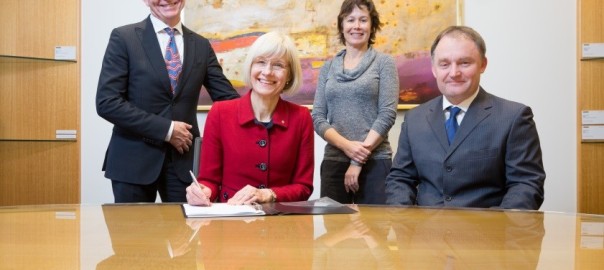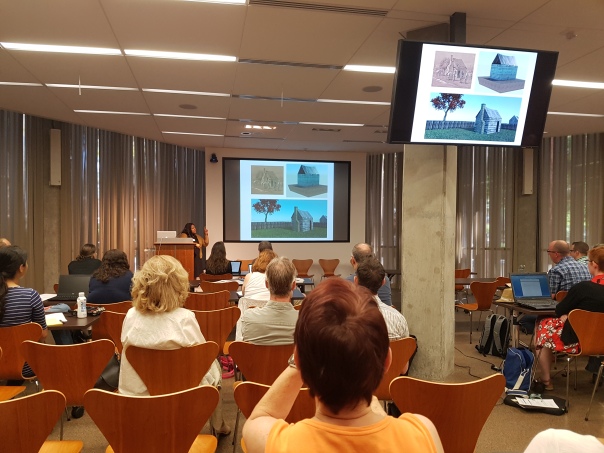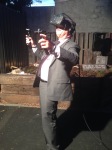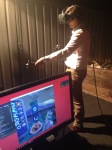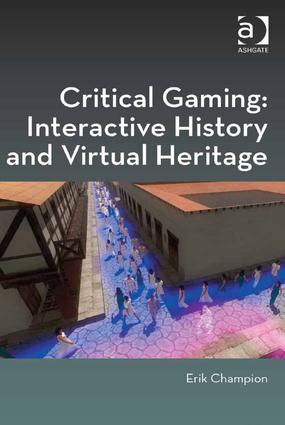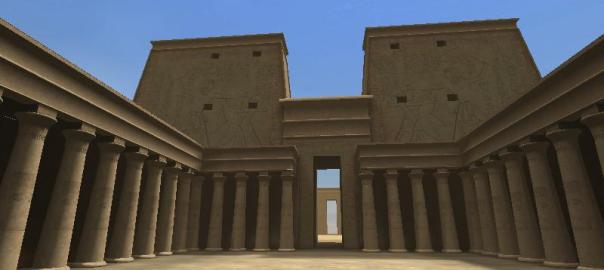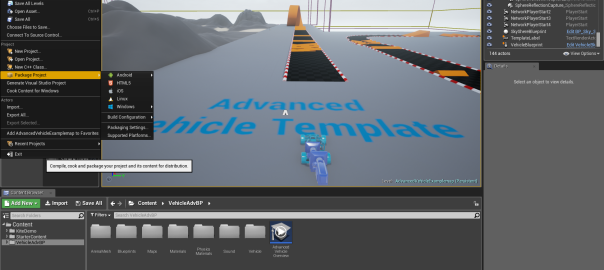Just received this by email, last night:
Establishment of a UNESCO Chair in Cultural Heritage and Visualisation at Curtin University of Technology. Third Parties: United Nations Educational, Scientific and Cultural Organization.
So the agreement is signed and I will hear from Human Resources regards the provision of two PhD students and a contracted Research Fellow. The majority of their work will be in providing workflows and tutorials and repository guidelines for the storage and deployment and educational use of 3D heritage models/site simulations. I will have to find other avenues of funding for my major line of research, game-like simulation design of heritage sites and historical events and processes.
The specific objectives of this Chair are to:
- create a Cultural Heritage and Visualisation network to use and advise on 3D models of World Heritage Sites, as well as to show how 3D models can be employed in teaching and research;
- build capacity through community workshops and learning materials and distribute the teaching resources digitally at no cost to the end user, as well as train research students, post-doctorate scholars and visiting fellows;
- recommend long-term archive guidelines and ways of linking 30 models to scholarly publications and related scholarly resources and infrastructures;
- disseminate the results of research activities at conferences and workshops, via online papers, applications and learning materials; and,
- cooperate closely with UNESCO on relevant programmes and activities, as well as with other relevant UNESCO Chairs.

